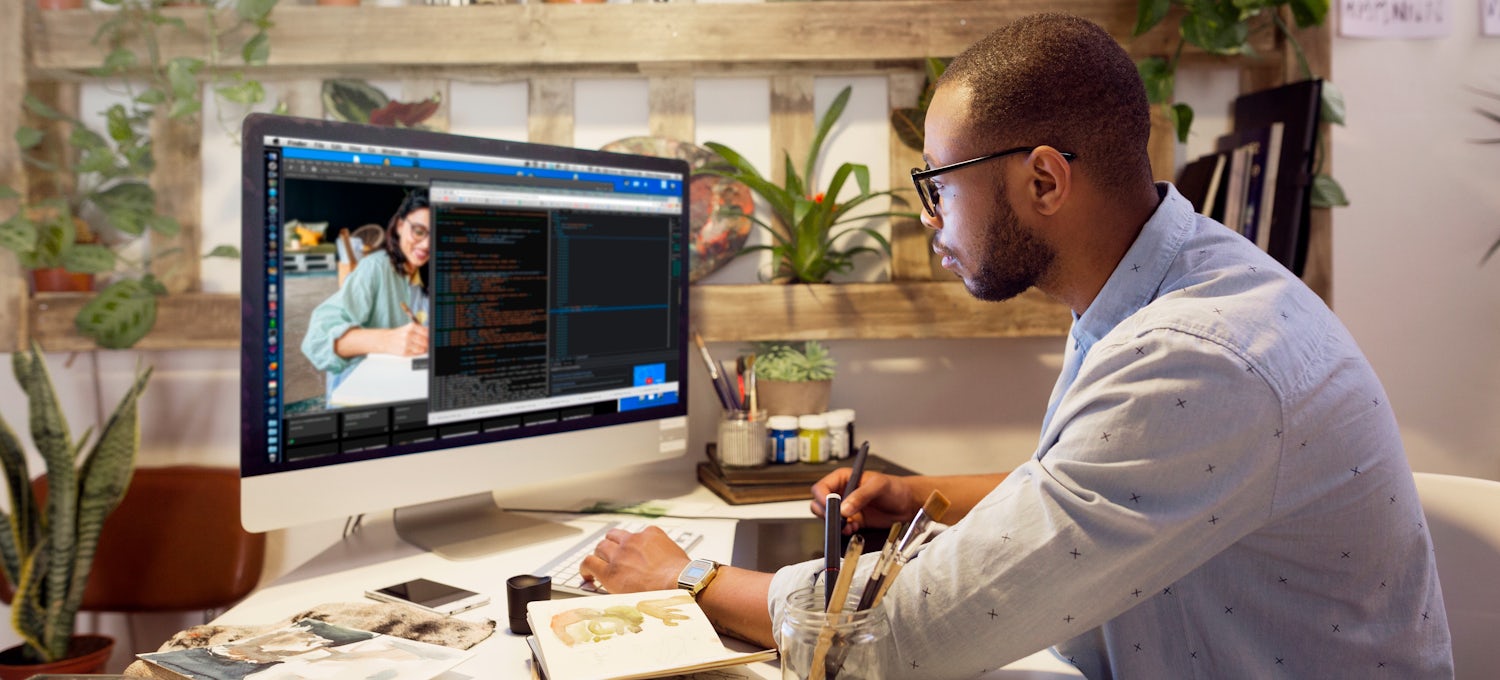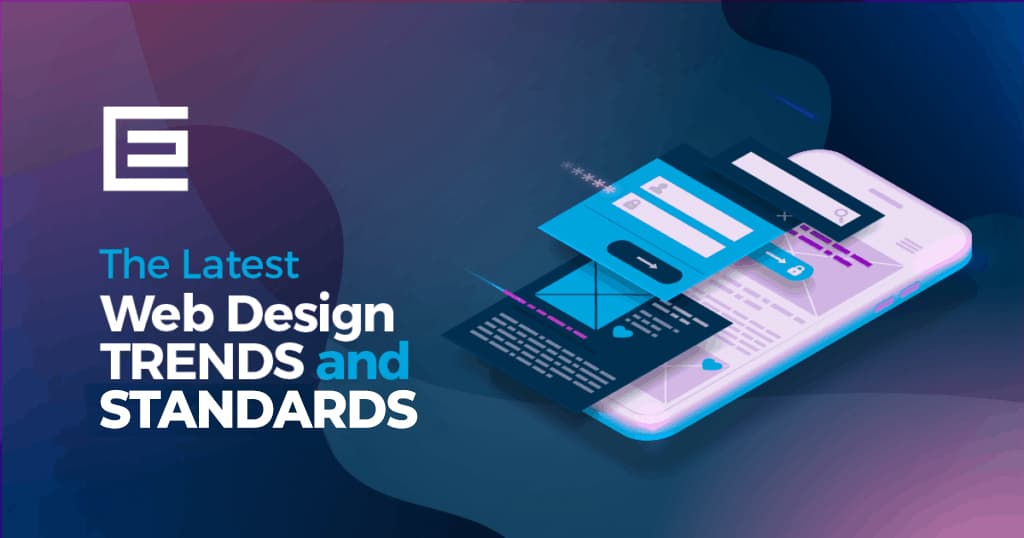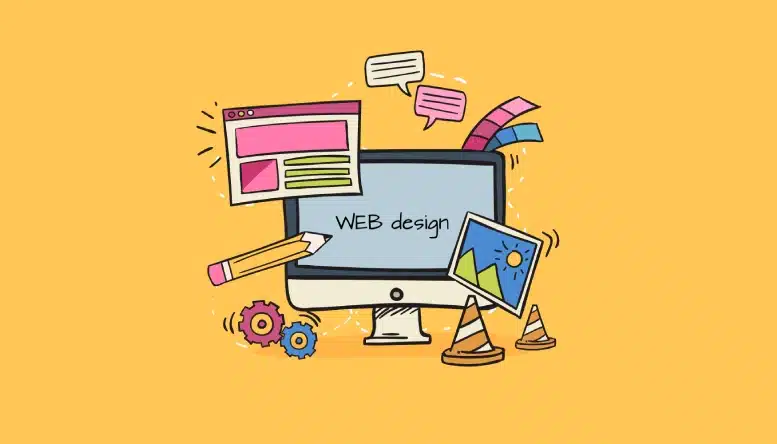Professional Aligned Position Web Design: Custom Websites Tailored to Your Business Needs
Professional Aligned Position Web Design: Custom Websites Tailored to Your Business Needs
Blog Article
The Very Best Kinds of Website Design to Boost User Experience and Involvement
In the ever-evolving landscape of digital interaction, the performance of Web style significantly affects user experience and involvement. Different style methods, such as minimal, receptive, and interactive formats, each deal unique advantages that can cater to diverse customer requirements.
Minimal Web Design
As digital landscapes come to be increasingly messy, minimalist Web design has actually become a powerful method to enhancing customer experience. This design viewpoint focuses on simplicity, concentrating on important elements while eliminating unneeded distractions. By making use of enough white room, simple navigating, and a limited color palette, minimal layout fosters clarity and guides user focus to crucial content.
The core principle of minimalist Web layout is to develop a seamless interaction for individuals. By lowering cognitive load, users can swiftly comprehend details without really feeling overwhelmed. This straight method not just improves functionality yet also urges engagement, as visitors are extra likely to discover a site that is simple and visually appealing to navigate.
In addition, minimal style commonly stresses typography and images, making use of these elements tactically to communicate messages efficiently. In essence, minimal Web style is not just a pattern; it is a thoughtful method that recognizes the significance of user-centered layout.
Responsive Website Design
In today's varied electronic atmosphere, responsive Web style has actually come to be crucial for creating a seamless user experience throughout a wide variety of tools. As customers access sites on mobile phones, tablets, laptop computers, and desktops, the capacity of a website to adapt its format and content to various display dimensions and resolutions is vital.
Responsive website design uses adaptable grids, pictures, and CSS media queries to ensure that Web material is offered efficiently, no matter the gadget utilized. This approach not only boosts the visual charm of a website but likewise considerably boosts functionality. Individuals are most likely to engage with a website that uses a constant experience, as it eliminates the disappointment of needing to zoom in or scroll exceedingly.
By embracing responsive design, organizations can enhance their presence and reach a broader target market. In summary, responsive Web style is a fundamental method that improves individual experience, interaction, and general complete satisfaction.
Interactive Web Layout
Receptive website design prepares for improving customer experience, however interactive website design takes this an action further by involving individuals in an extra dynamic way - Aligned Position Web Design. By incorporating aspects such as computer animations, clickable models, and real-time comments, interactive Web design astounds individuals, drawing them right into a richer surfing experience
This technique not only cultivates interaction however additionally encourages individuals to check out material proactively instead of passively consuming it. Techniques such as gamification, where users gain incentives for completing jobs, can substantially improve the time invested in a site and improve general fulfillment. Additionally, interactive attributes can streamline complex details, making it more pleasurable and digestible.

Including interactive style aspects can additionally cause greater conversion rates, as individuals are much more most likely to engage with a site that actively entails them. Aligned Position Web Design. Inevitably, interactive Web design changes user experiences right into remarkable journeys, ensuring that site visitors return time and once more
Apartment Style
Identified by its minimalistic approach, level design emphasizes simpleness and performance, stripping away unnecessary aspects go to the website and focusing on vital attributes. This design viewpoint prioritizes functionality, ensuring that users can browse user interfaces effortlessly and efficiency. By employing a tidy aesthetic, flat style removes the mess often located in a lot more ornate styles, thereby boosting user concentrate on web content and functionality.
The characteristic of flat design hinges on its use strong shades, straightforward typography, and geometric shapes. These elements add to a visually enticing user interface that is both approachable and modern. Additionally, flat layout cultivates a sense of clarity, permitting individuals to determine crucial activities and info without interruption.
Furthermore, level layout is particularly reliable in responsive Web design, as its simplicity equates well across various gadgets and display dimensions. page By focusing on vital functions, flat layout not just fulfills customer demands but also motivates seamless communication, making it a crucial part of efficient Web style approaches.
Flexible Web Style
Adaptive Web design tailors the individual experience by creating numerous dealt with layouts customized to various screen sizes and gadgets. Unlike responsive layout, which fluidly readjusts a single format, adaptive layout employs distinct designs for certain breakpoints, making certain optimum discussion on numerous platforms. This strategy enables developers to concentrate on the one-of-a-kind qualities of each device, improving functionality by supplying specifically what customers require based on their context.
Among the primary advantages of adaptive Web style is its capability to maximize tons times and performance. By offering customized web content and images that fit the individual's device, sites can reduce information usage and improve loading speeds. This is specifically valuable for users with slower connections or limited important site information strategies.

Furthermore, flexible style assists in a much more regulated and regular branding experience. Because developers create several formats, they can make sure that the visual elements line up with the brand's identity throughout different systems - Aligned Position Web Design. This causes a natural user experience, improving involvement and promoting customer retention
Conclusion
In final thought, the integration of minimal, responsive, and interactive website design principles substantially boosts individual experience and engagement. Minimal layout fosters clearness and focus, while responsive design makes sure adaptability across various gadgets, promoting ease of access. Interactive style mesmerizes users with vibrant elements, encouraging exploration and personalization. Collectively, these layout approaches add to the development of easy to use settings that not just improve satisfaction yet additionally drive higher conversion rates, highlighting their important significance in contemporary website design approaches.

Minimalist layout promotes clearness and emphasis, while receptive layout makes sure adaptability across various tools, promoting accessibility. Jointly, these design comes close to add to the development of user-friendly atmospheres that not only enhance contentment yet also drive greater conversion rates, underscoring their essential significance in contemporary Web design strategies.
Report this page